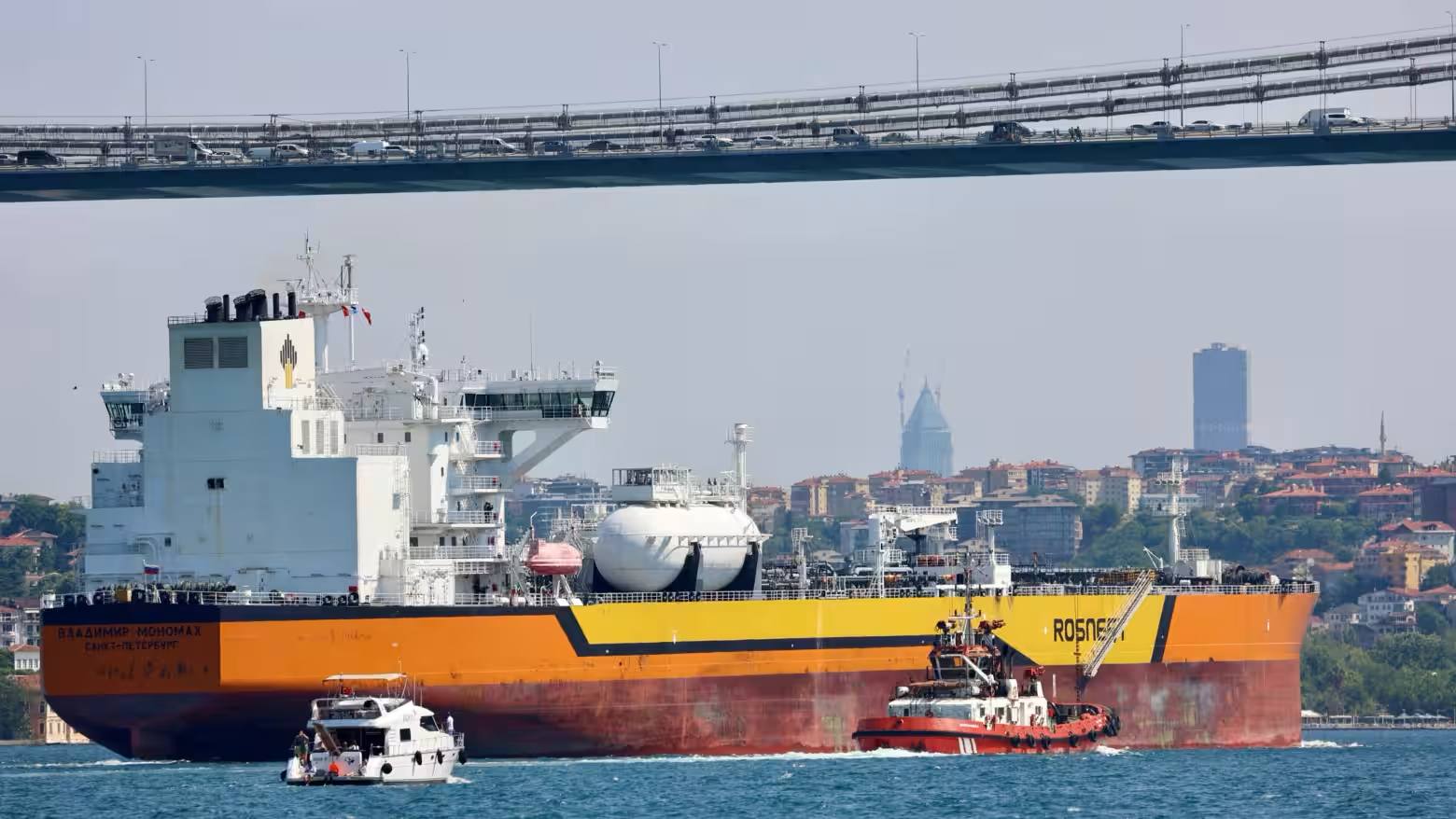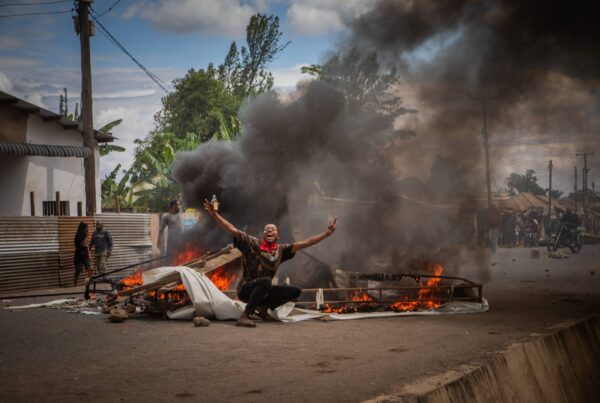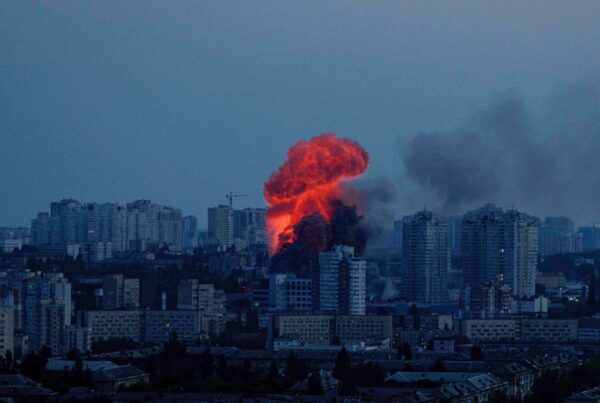The United States has escalated its pressure on Russia by proposing a new step targeting major buyers of Moscow’s oil. Washington has formally called on G7 countries and the European Union to impose tariffs on China and India, arguing that their large-scale purchases of Russian oil provide critical funds for Moscow’s war. The proposal, delivered at international financial forums, immediately triggered debates among Western allies who remain cautious about the potential economic fallout of such a move.
US Treasury Secretary Scott Bessent stressed that every dollar flowing from Russia’s oil sales prolongs the conflict in Ukraine. He said tariffs would serve not only as an economic instrument but also as a powerful political signal to urge major countries to stop enabling Russia’s energy revenues. Bessent added that the US had already taken action by raising tariffs on certain Indian imports, bringing total duties up to 50 percent for some commodities.
Meanwhile, Chinese purchases of Russian oil have continued to climb since the G7 price cap was introduced. Both China and India have taken advantage of the steep discounts offered by Moscow, sharply increasing their import volumes. Energy market data shows that more than half of Russia’s crude exports are now flowing to these two Asian giants. This trend directly undermines Western efforts to cut Moscow’s revenues and weaken its ability to sustain the war.
Reactions from Allies
In Europe, Washington’s proposal has drawn mixed reactions. Some officials expressed support for tariffs, while others voiced concerns over the risk of trade retaliation from Beijing and New Delhi. Italy, for instance, emphasized the importance of maintaining stable economic ties with India. Prime Minister Giorgia Meloni held a warm meeting with Indian Prime Minister Narendra Modi without directly addressing Washington’s tariff push, signaling the difficulty of reaching consensus among EU members.
In Germany and France, discussions on tariffs remain ongoing. Analysts have warned that tariffs could spark fresh tensions in global trade. The EU, already struggling with economic pressures from the war in Ukraine, may face even greater strain if retaliatory actions from China and India disrupt key export markets. Still, some observers argue that only decisive steps like this can exert enough pressure on Russia to change course.
Global Context and Risks
Washington is not relying solely on tariffs. Another option under consideration involves using frozen Russian state assets held abroad to support Ukraine’s defense. Officials argue this would provide vital financial relief to Kyiv, which remains heavily dependent on Western aid. However, the plan faces legal hurdles in the EU, where the protection of sovereign foreign assets remains a sensitive matter under international law.
Economists warn that tariffs as high as 100 percent on Chinese or Indian imports could have far-reaching consequences. Global supply chains could be disrupted, consumer prices in Western countries could climb, and international trade relations could destabilize further. China is expected to respond strongly, possibly targeting European and American exports in key sectors like technology and manufacturing.
India, too, is unlikely to yield under pressure. New Delhi views Russian oil purchases as a strategic necessity to maintain energy security at home. With a vast population and growing demand, India cannot afford soaring energy prices in the global market. Prime Minister Modi has repeatedly stated that national interest will remain India’s top priority in its energy policy.
Conclusion
Washington’s call for tariffs on China and India highlights a new strategy to tighten sanctions on Russia. Yet the effectiveness of this approach remains uncertain, depending on whether G7 and EU partners are willing to follow through. With the risks of retaliation and economic disruption looming, tariffs could prove to be a double-edged sword for the Western alliance.
The debate adds further complexity to an already tense geopolitical landscape shaped by the war in Ukraine. The world is now watching to see whether the G7 and EU will take the bold step of cutting Russia’s oil revenues or opt for a safer, more balanced approach. For readers seeking deeper insights into global energy geopolitics and the impact of sanctions, be sure to explore related articles on Olam News.




